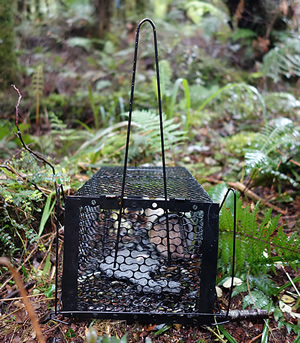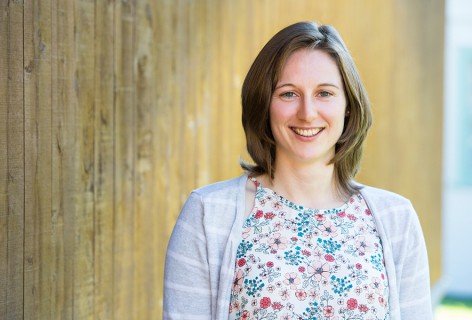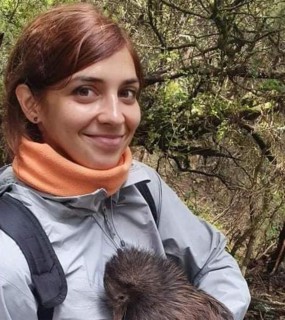Predator-free New Zealand: how will we know?
To declare an area free from predators requires some degree of certainty, which is critical to determine when the focus of predator management can be shifted from ‘remove’ to ‘defend’. Best practice data gathering involves surveillance of predators across an eradication zone (e.g. using trail cameras or live ground traps) in an attempt to detect any individuals that may have slipped through the eradication net. If no predators are detected during surveillance, then either they have been eradicated or they have not been detected by any of the surveillance devices used.
Ecological models also have an important part to play in predator eradication. Models are used to simulate theoretical surveillance scenarios (e.g. different layouts of devices) to help design and optimise surveillance operations. If no predators are detected during surveillance, models can also provide a probability of eradication, enabling a threshold level of certainty to be applied to an area to declare it predator-free. However, to be reliable, such models require inputs describing the ‘detectability’ of the target pest by whatever surveillance methods are used. To complicate matters, this detectability varies for different pest species, pest densities, surveillance device types, seasons and habitats. While some detectabilities are known from field studies for some species by some device types, the picture is incomplete. In addition, there is no easily accessible central database for these values; instead, they are dispersed across numerous published papers, contract reports and unpublished works.

Small cage traps baited with peanut butter are used to catch rats alive. They are then sedated, weighed, measured, and tagged and/or radio collared, before release.
To tackle these problems of data inconsistency, Giorgia Vattiato and Sam Davidson from the University of Canterbury, in collaboration with Rachelle Binny from Manaaki Whenua, have done a literature review of all known predator detectability parameters and identified key knowledge gaps where future studies are needed. Giorgia and Sam’s thorough stocktake has yielded 16 New Zealand studies and one unpublished dataset, reporting a total of 123 detectability values for possums, rodents, mustelids and cats. The studies used a range of traps, including live ground traps, tracking tunnels and, in one instance, camera traps, but the results were patchy; not all devices had been used to detect all species in all habitats.
Possum and house mouse detectability was the most widely studied parameter, largely using live ground traps. After values were pooled across all studies, Giorgia and her colleagues found a seasonal trend, with house mice easier to detect in autumn-winter than in summer. Of all predators studied in New Zealand, stoats, studied mainly in beech forest and alpine grassland habitats, were the most difficult to detect. Next to nothing is known about the detectability of weasels and kiore, or of any predator species in wetland or urban environments. The team found only one published study reporting detectability with camera traps. The costs of trail cameras are high, although their popularity as a detection device is likely to increase in the coming years.
Giorgia is now preparing a review paper for publication that will pull together these findings, highlight any trends that emerge when detectability values are aggregated across many different sources, and make recommendations to direct the focus of future detection experiments. This work will make it significantly easier for modellers and pest managers from different organisations around New Zealand to access this information. It will also improve consistency in the way detectability values are applied in models, and increase transparency of the reliability of model predictions given the uncertainties in these parameters.
This work was co-funded by the University of Canterbury’s Summer Scholarship programme and Manaaki Whenua.
Key contacts


